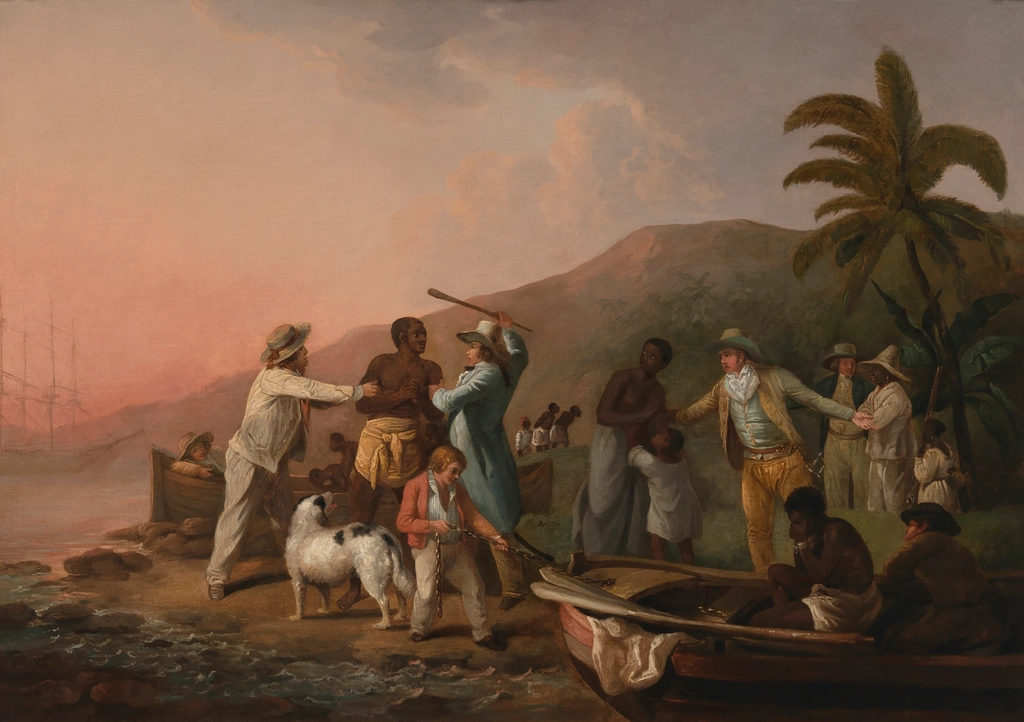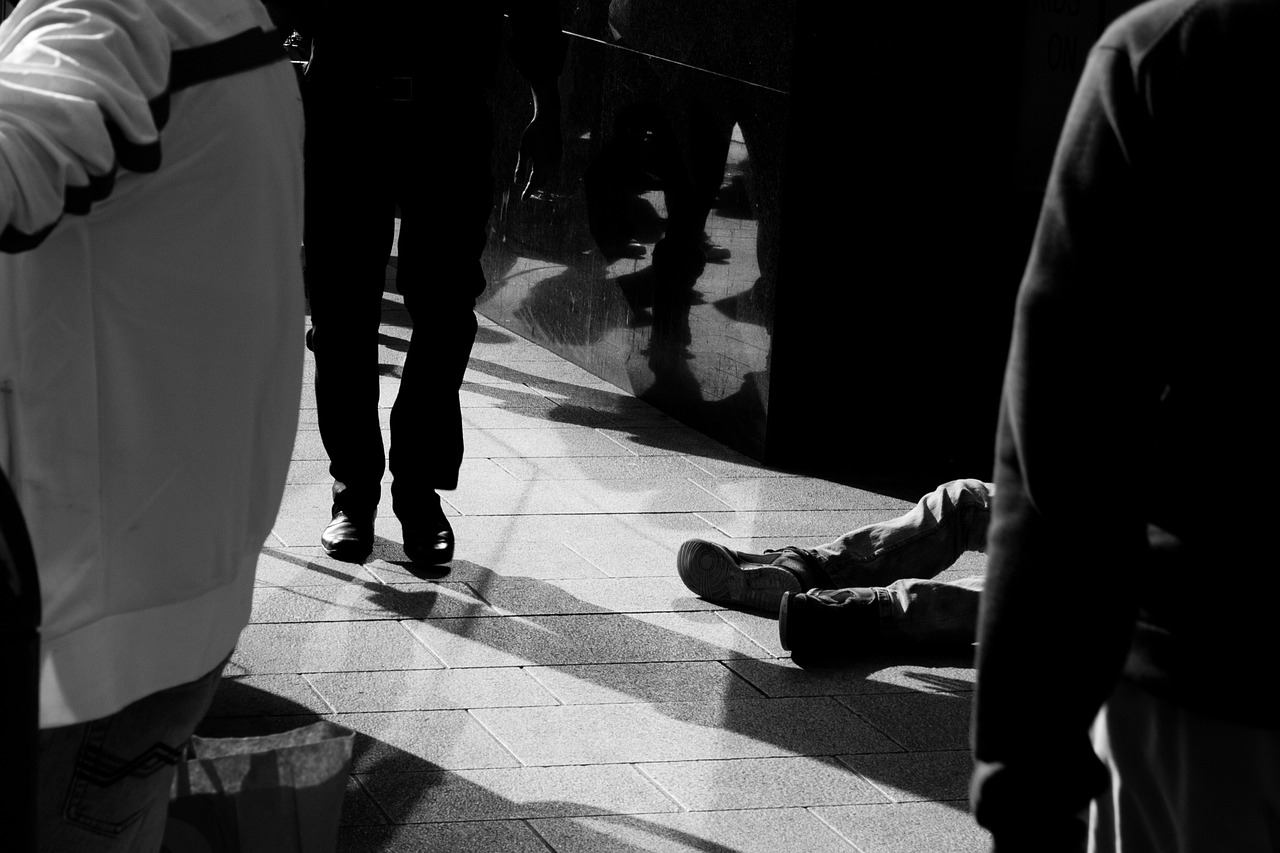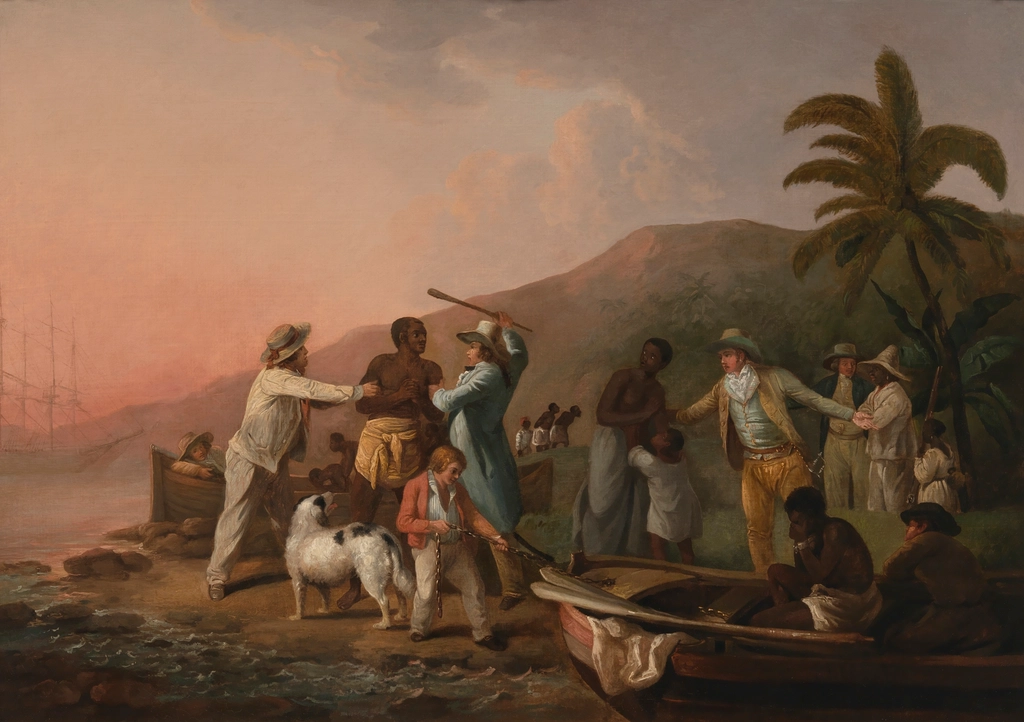- America’s Forgotten Terror Attacks - April 10, 2025
- The Hidden Link Between Real Estate and Organized Crime in the U.S. - April 10, 2025
- Organized Crime in the U.S. Postal System: An Unlikely Criminal Pipeline - April 10, 2025
The Role of Media in Crime Representation
Media plays a pivotal role in shaping public perceptions of crime across different cultures. In Western societies, crime stories often dominate headlines and are sensationalized in both news reports and entertainment media. This can lead to heightened fear and anxiety among the public, as crimes are depicted with dramatic flair. In contrast, Eastern cultures may portray crime in a more subdued manner, often focusing on the motives and backgrounds of the individuals involved. This pragmatic approach can help the public understand the root causes of crime, emphasizing rehabilitation rather than punishment. The portrayal of crime in media can significantly influence societal attitudes, sometimes skewing public perception away from reality. For example, the prevalence of crime dramas on television can make violent crime seem more common than it actually is, affecting how different cultures view criminal behavior and justice.
Historical Contexts of Crime

The history of a culture greatly influences its current perceptions of crime and justice. Countries with a colonial past, for example, often have justice systems heavily influenced by their former colonizers. This can result in a complex blend of traditional and imported legal practices. In some African nations, historical events such as the transatlantic slave trade have left lingering effects on societal attitudes towards crime and punishment. Meanwhile, nations that have experienced significant internal conflict, like civil wars, may view crime as a continuation of past struggles. These historical contexts shape not only the legal frameworks but also public attitudes towards crime, often resulting in a unique blend of respect for traditional customs and modern legal practices. In essence, history sets the stage for how crime is perceived and dealt with in every culture.
Legal Systems and Their Cultural Implications
Legal systems across the globe differ vastly, and these differences are deeply rooted in cultural beliefs and values. In some cultures, restorative justice practices are favored, focusing on reconciliation and repairing harm rather than assigning blame and punishment. Indigenous communities, for example, often employ methods that aim to restore harmony within the community. On the other hand, Western legal systems typically emphasize retributive justice, where punishment is seen as a necessary deterrent. This divergence in legal philosophy impacts crime rates and societal perceptions of justice. Cultures with restorative practices may report lower recidivism rates, as the focus is on healing rather than punishment. The choice of legal system reflects a culture’s broader views on morality, responsibility, and justice, influencing how crime is addressed on both a societal and individual level.
Gender and Crime Across Cultures
Gender profoundly affects how crime is perceived and addressed in various cultures. In many societies, crimes against women, such as domestic violence and sexual assault, are often underreported due to stigma and societal norms. For instance, in some cultures, women may face significant barriers when seeking justice, including victim-blaming or lack of legal support. Conversely, in societies where gender equality is more emphasized, there may be more robust legal frameworks to protect victims and prosecute offenders. The cultural perception of gender roles can also influence the types of crimes committed and the public’s response to them. For example, crimes committed by women may be viewed differently than those by men, often attributed to societal expectations and stereotypes. Understanding these gender dynamics is crucial for creating more equitable justice systems worldwide.
Youth Crime and Cultural Attitudes

Youth crime is a significant concern in many cultures, but attitudes towards juvenile offenders vary widely. In some societies, there is a strong emphasis on rehabilitation for young offenders, focusing on education and reintegration into society. Scandinavian countries, for example, prioritize rehabilitation over punishment, resulting in lower youth recidivism rates. In contrast, other cultures may adopt a more punitive approach, treating juvenile offenders similarly to adults. This can lead to harsher penalties and longer sentences, often with little focus on rehabilitation. Cultural beliefs about youth and maturity play a significant role in shaping these approaches. In cultures where youth is seen as a time for learning and growth, there is more leniency towards young offenders. These differing attitudes highlight the importance of cultural context in understanding and addressing youth crime.
The Impact of Socioeconomic Factors

Socioeconomic status is a critical factor in understanding crime across different cultures. Communities with high poverty levels, limited education, and restricted access to resources often experience higher crime rates. In many cultures, addressing these root causes is seen as essential for reducing crime. For example, in some European countries, social welfare programs aim to alleviate poverty and provide education, which can help reduce crime rates. Conversely, in cultures where economic disparities are more pronounced, crime may be seen as a consequence of social injustice. These socioeconomic factors also influence how crime is portrayed and perceived. In wealthier communities, crime may be viewed as an aberration, while in poorer areas, it may be seen as a more common part of life. Understanding these nuances is crucial for developing effective crime prevention strategies.
Crime and Religion

Religion often shapes moral values and societal norms, significantly influencing perceptions of crime. In some cultures, religious teachings dictate strict codes of conduct, which can influence both legal systems and public attitudes towards crime. For instance, in Islamic cultures, Sharia law incorporates religious principles into legal frameworks, affecting how crime is prosecuted and punished. In contrast, more secular societies may separate religious beliefs from legal practices, focusing on a more humanistic approach to justice. The relationship between religion and crime is complex, as religious beliefs can both deter and justify certain criminal behaviors. Understanding this interplay is essential for comprehending how different cultures view crime and morality. It also highlights the importance of considering religious context when addressing crime in multicultural societies.
Globalization and Crime

With the world becoming more interconnected, the portrayal of crime is also evolving. Globalization has led to the rise of transnational crime, such as human trafficking and drug smuggling, posing new challenges for law enforcement. These crimes often transcend national borders, requiring international cooperation and coordination. The global exchange of information and cultural influences also affects how crime is perceived and reported. For example, crimes that are heavily reported in one country can quickly become global news, influencing perceptions worldwide. This interconnectedness can lead to a more uniform understanding of certain crimes but can also exacerbate cultural differences in addressing them. As cultures continue to exchange ideas and values, the global portrayal of crime will likely continue to evolve, highlighting the need for international collaboration in combating crime.
Future Trends in Crime Portrayal

The portrayal of crime is continuously evolving, influenced by technological advancements and changing societal values. As digital communication and social media become more prevalent, they offer new platforms for both committing and reporting crimes. Cybercrime, for example, has emerged as a significant concern, with criminals exploiting technology for illegal activities. Social media also plays a role in shaping public perceptions, as crime stories can quickly go viral, influencing societal attitudes. These changes are likely to continue shaping how crime is portrayed and perceived across cultures. As technology advances, it will be essential to adapt legal frameworks and public awareness to address these new challenges. The future of crime portrayal will depend on our ability to understand and respond to these evolving dynamics, ensuring a balanced and informed perspective on criminal behavior.





